In the Mekong Delta, this year's drought and salinity are higher than the average of many years and the risk level is at level 2. The National Center for Hydro-Meteorological Forecasting said: Water levels at stations on the Mekong mainstream are changing slowly and are generally lower than the average of many years. The salinity intrusion situation in the Mekong Delta depends on water sources from the upper Mekong River and high tides in the estuary area.
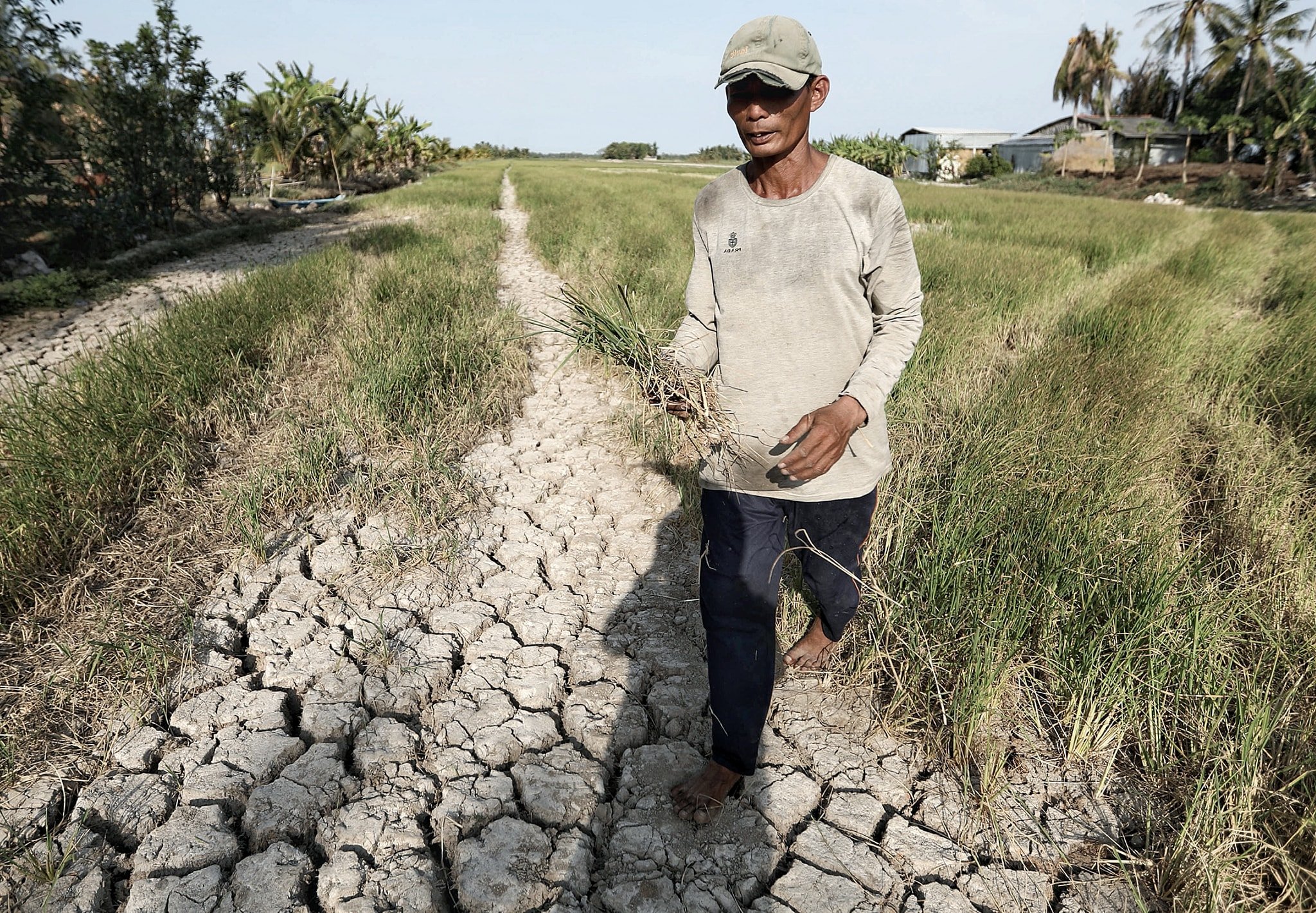
The Mekong Delta rice granary is entering the peak of drought and saltwater intrusion, with risk level at level 2.
The forecast of saline intrusion in the Mekong Delta in the 2023-2024 dry season is higher than the average of many years, but not as severe as the 2015-2016 and 2019-2020 dry seasons.
The high salinity intrusion periods in the Mekong Delta are likely to be concentrated in February - March 2024. Specifically, the high tides from February 10 - 13; from February 22 - 27 and from March 7 - 12. Particularly for the Vam Co and Cai Lon rivers, the peak of salinity intrusion is in March - April 2024; specifically, there are some periods during the high tides from March 7 - 12, from March 22 - 27, from April 7 - 12 and from April 21 - 26.
Forecast of the depth of the 4‰ salinity boundary at the main river mouths from February 11 to 20 at some river mouths such as: Vam Co Dong and Vam Co Tay rivers: salinity intrusion range 50 - 60km; Cua Tieu and Cua Dai rivers: salinity intrusion range 32 - 37km; Ham Luong river: salinity intrusion range 35 - 42km; Co Chien river: salinity intrusion range 45 - 52km; Hau river: salinity intrusion range 50 - 57km; Cai Lon river: salinity intrusion range 25 - 32km.
To cope with the relatively high risk of drought and salinity, the National Center for Hydro-Meteorological Forecasting recommends: "Localities need to take advantage of storing fresh water during low tides to serve agriculture and people's lives."
Previously, on January 15, Prime Minister Pham Minh Chinh signed an official dispatch requesting ministers and chairmen of provincial and municipal People's Committees to monitor and proactively implement measures to respond to the risks of drought, water shortages and saltwater intrusion in the peak months of the upcoming dry season. The ministries of Natural Resources and Environment and Agriculture and Rural Development must proactively implement preventive and response measures, resolutely avoiding being passive or surprised. At the same time, they must proactively direct the implementation of measures to prevent, combat and overcome the consequences of drought, water shortages and saltwater intrusion in accordance with actual developments.
According to the Mekong Dam Monitoring Project (MDM), for many consecutive weeks, upstream dams have continuously maintained water discharge of over 1 billion cubic meters per week to serve electricity production activities. However, in recent days, Chinese dams have reduced water discharge activities during the dry season. River water levels across the basin are almost at normal levels at this time of year. Meanwhile, Tonle Sap Lake (Great Lake in Cambodia) water levels are about 0.70m lower than normal compared to the average of many years ago.
Source link



![[Photo] Prime Minister Pham Minh Chinh receives Mr. Jefferey Perlman, CEO of Warburg Pincus Group (USA)](https://vstatic.vietnam.vn/vietnam/resource/IMAGE/2025/4/18/c37781eeb50342f09d8fe6841db2426c)




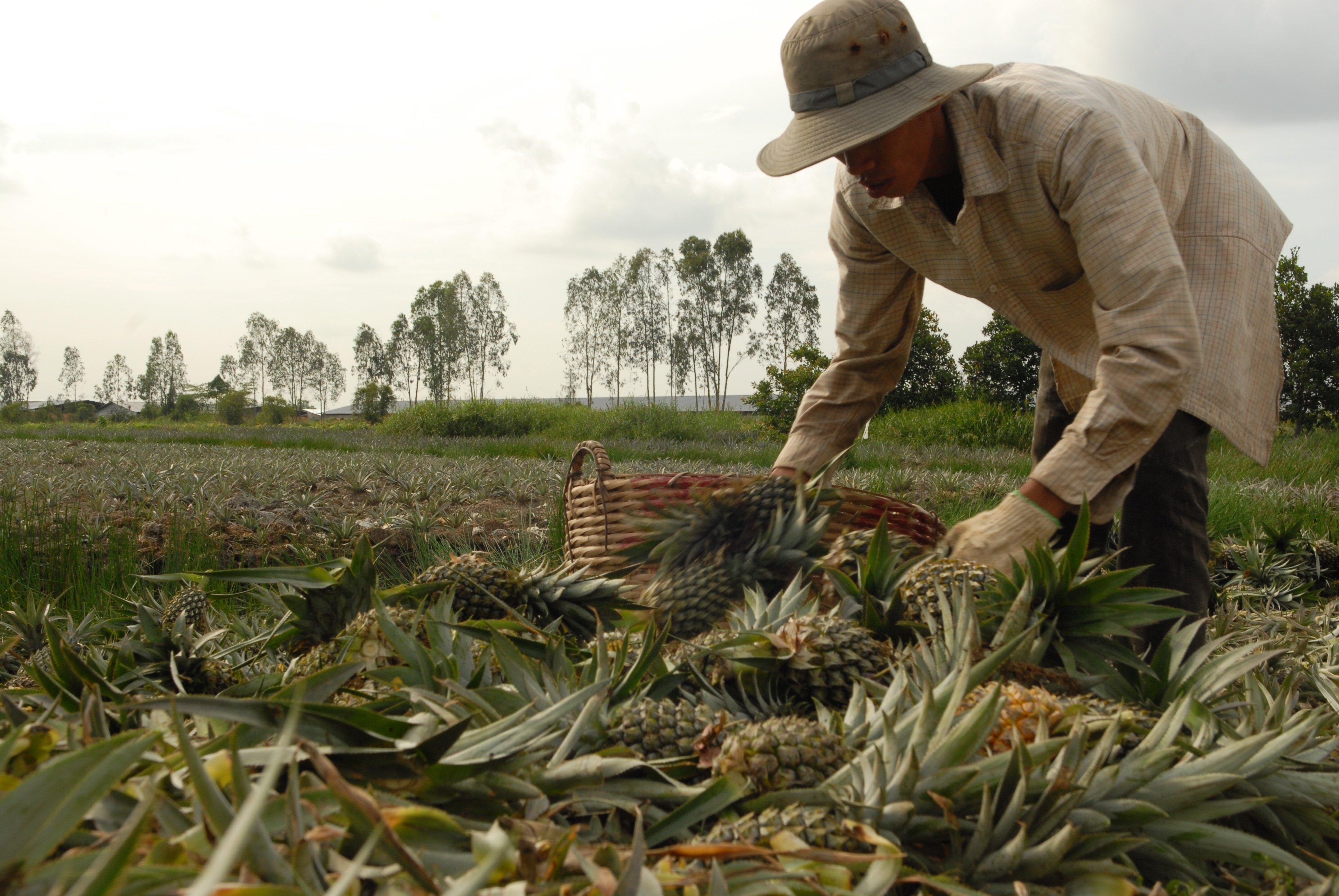
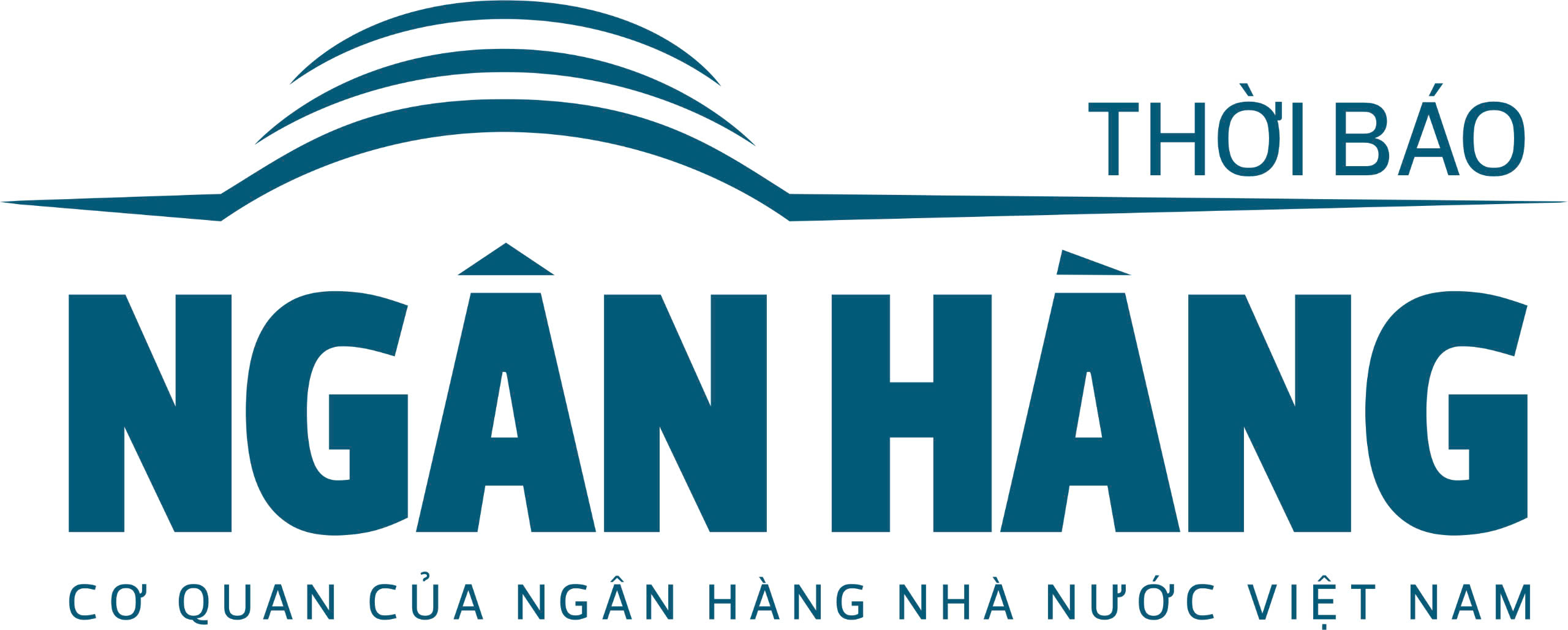
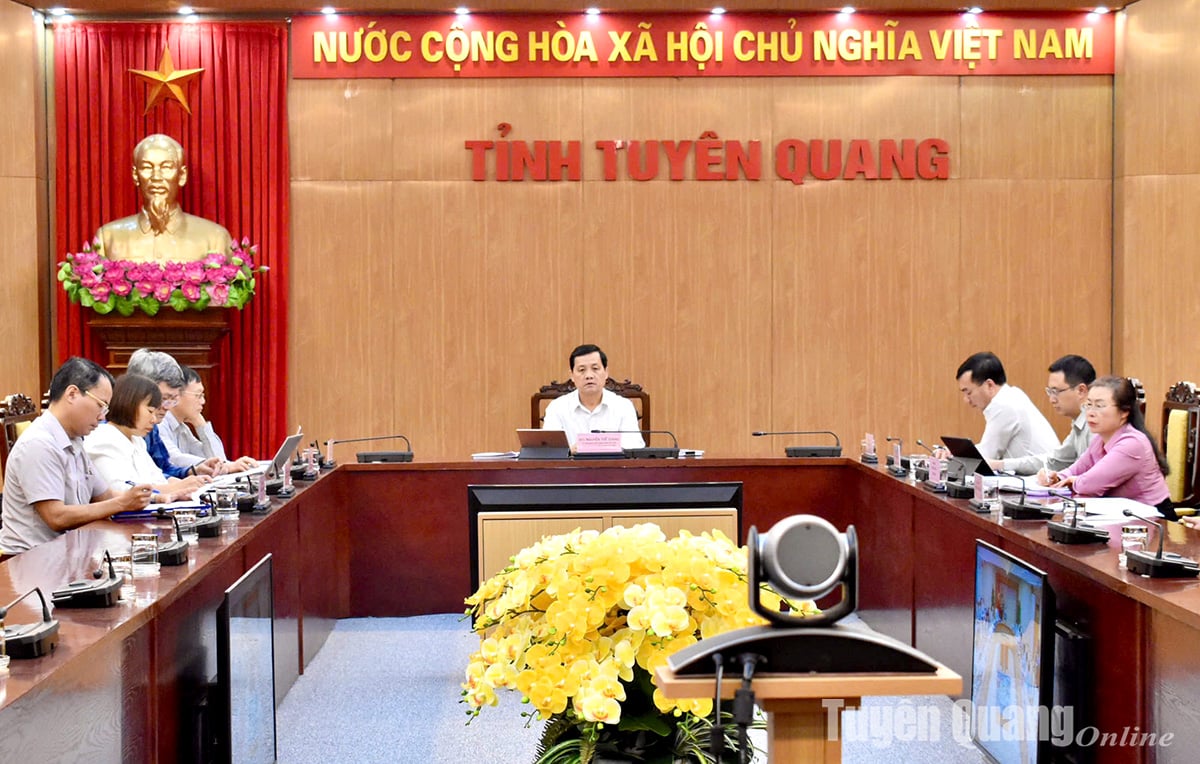

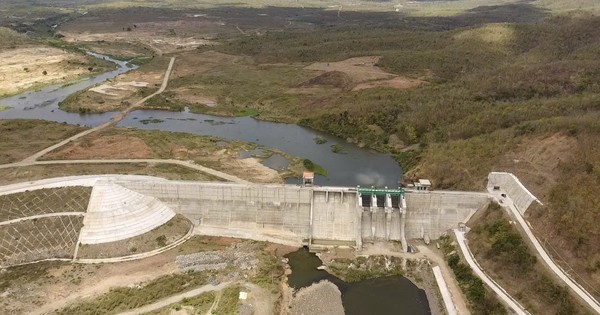

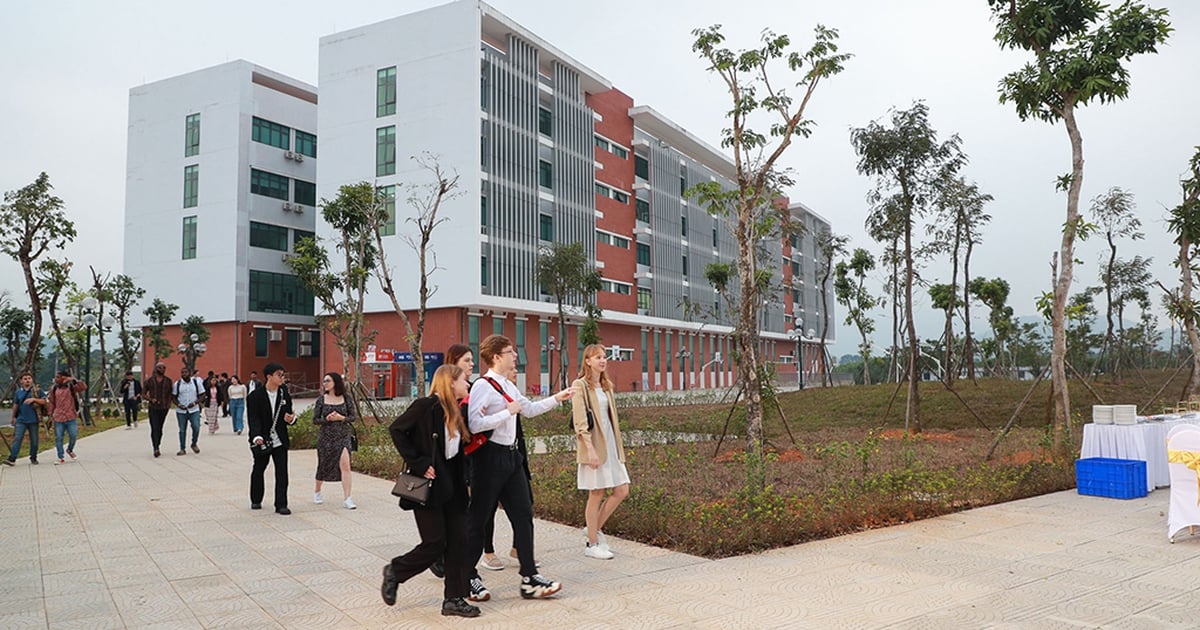
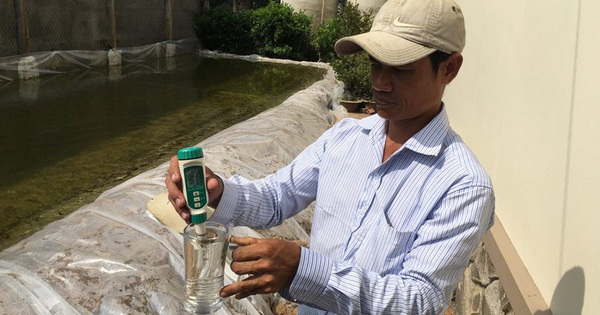




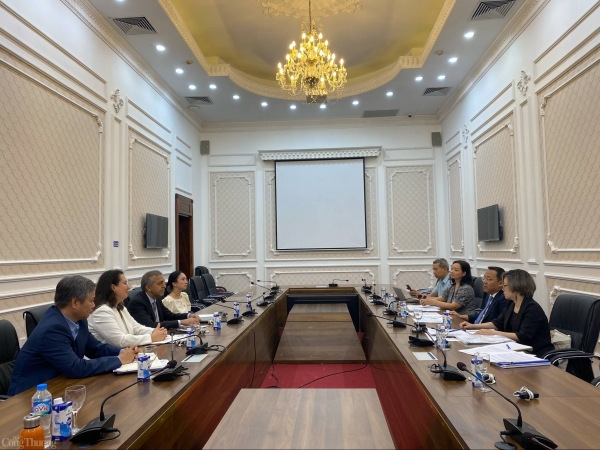

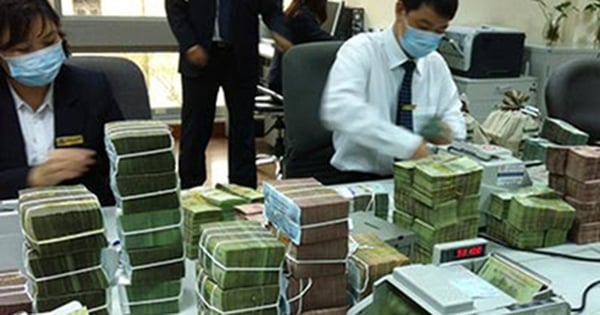







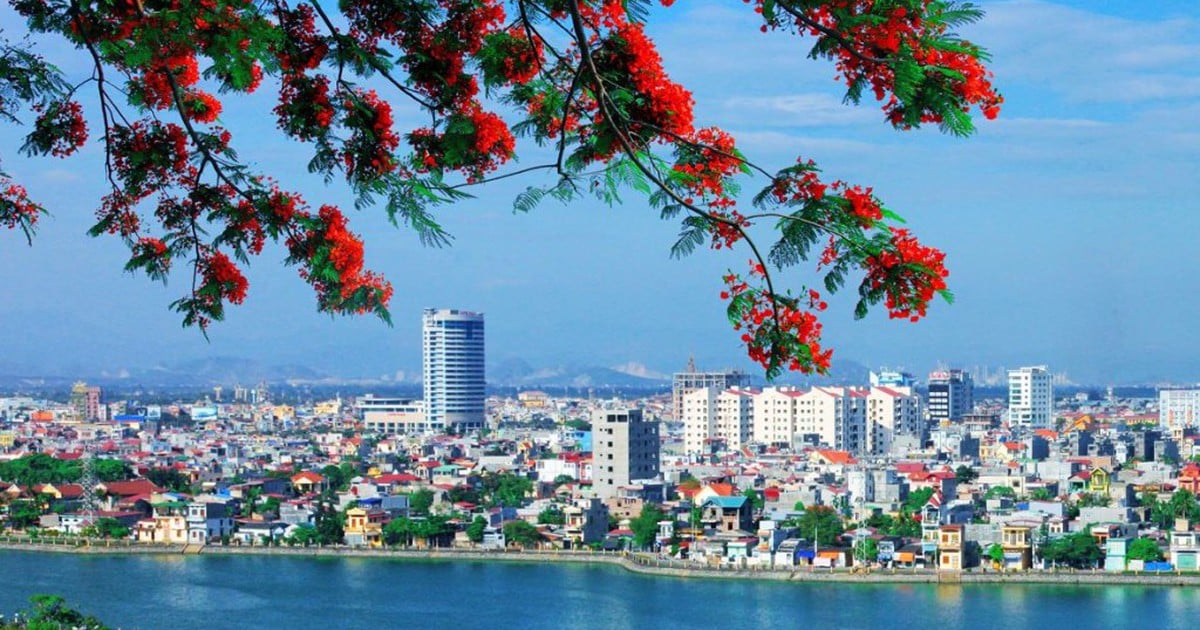
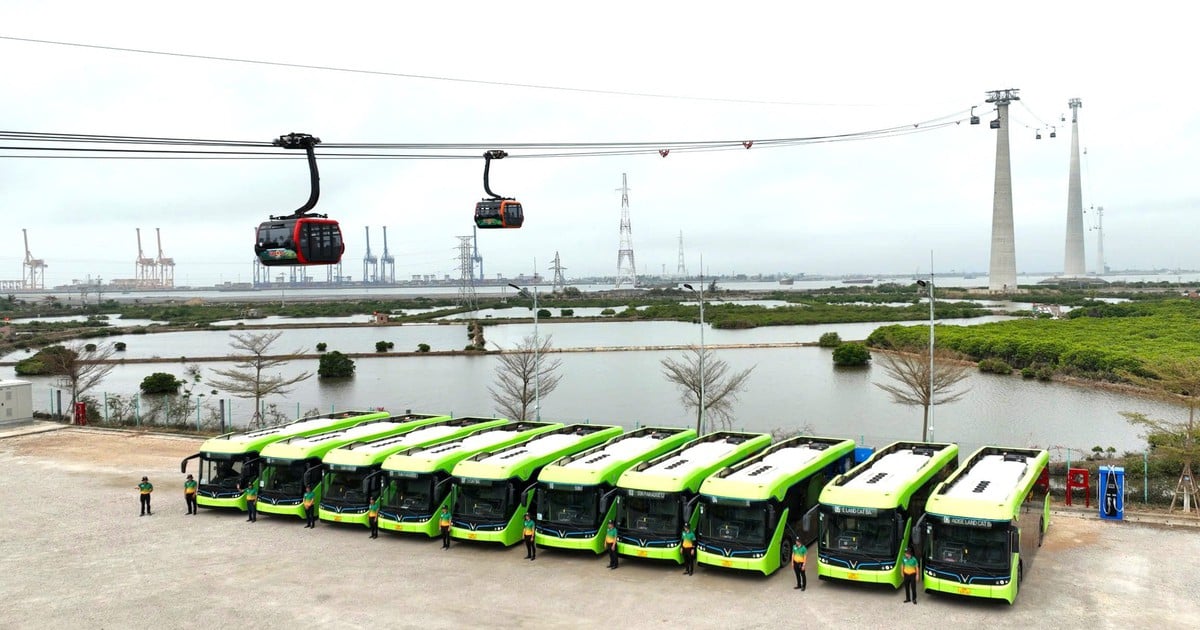





























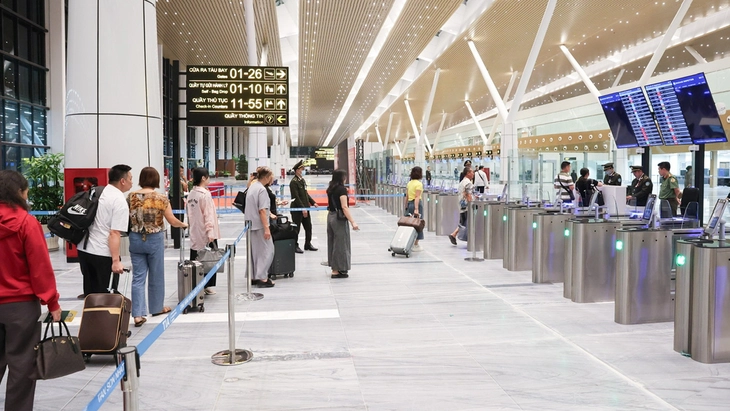












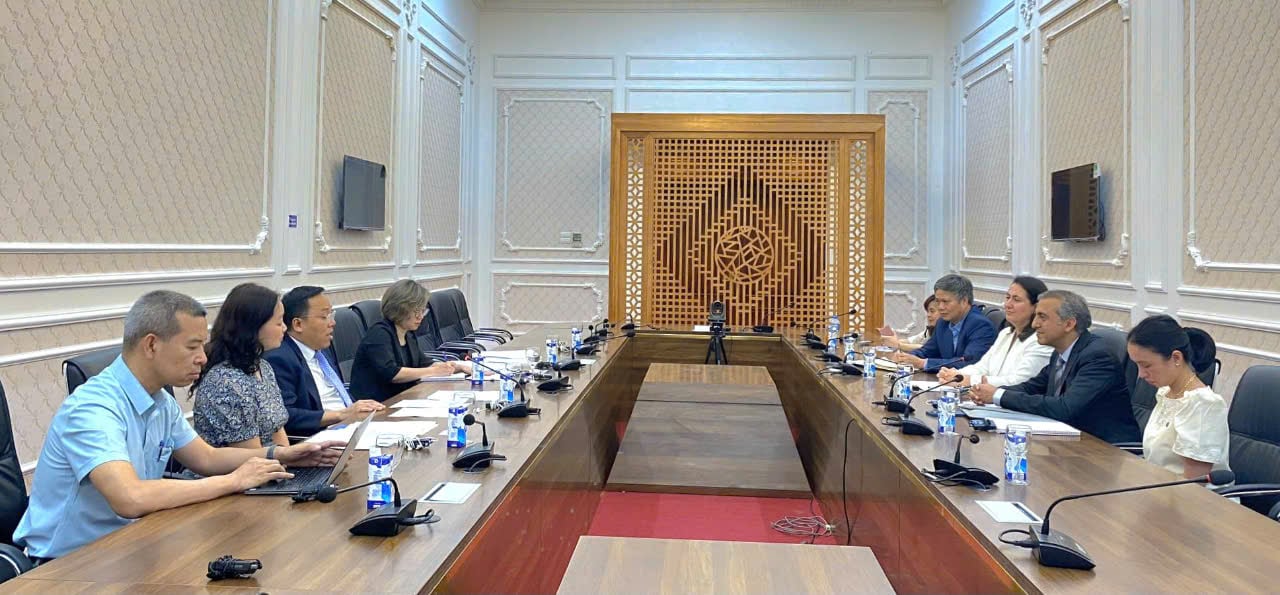
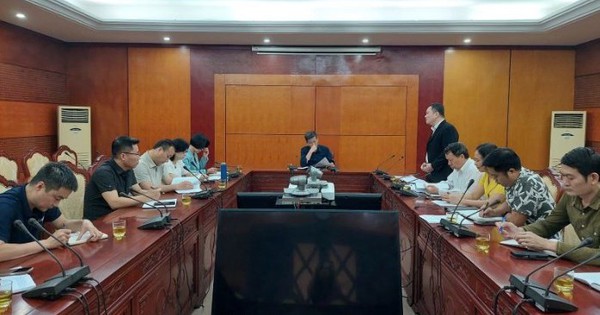


















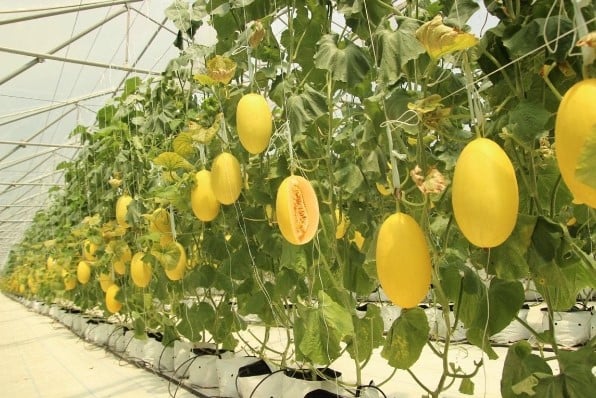
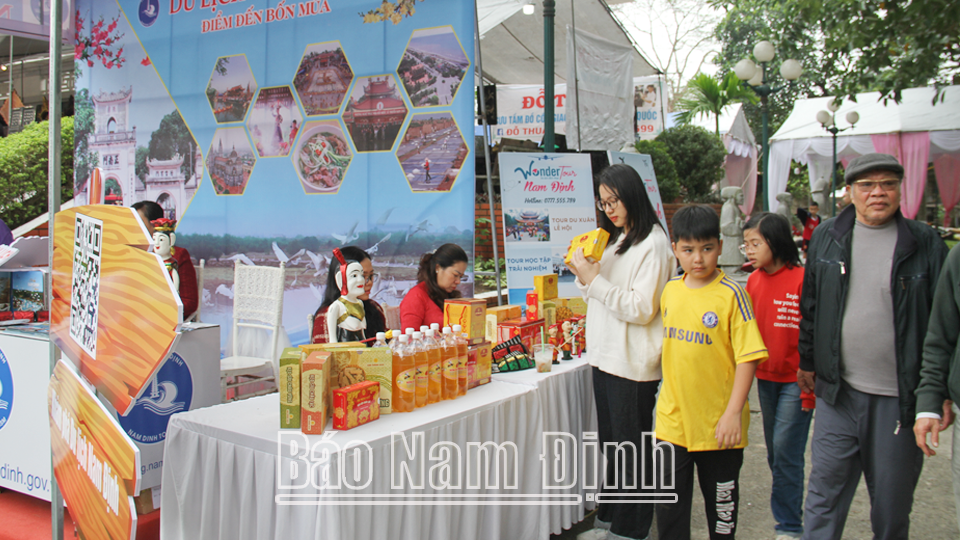




Comment (0)